
In this regularly updated post, we take a close look at the Tesla Powerwall 2 battery, its price, and all the other details you should know.
Tesla’s Powerwall could change the world we all live in, put the power company out of work, and help us all clean up our act in terms of the environment. But is it quite ready? Or is this really an inspiring look at future tech?
Well, right now it’s a bit of both. But we think the Tesla Powerwall, or a competitor, is going to feature in most homes in the near future. This is a simple concept that literally everybody can use, which makes it a world-beating idea.
Essentially, Powerwall 2 is a wall-mounted battery that can draw power from the grid, the new Tesla Solar Roof, external solar panels and any other contraption you’ve got that can produce power. It can then release that charge during the day, when electricity is most expensive, and reduce your power bill.
The end goal, of course, is clean power through the solar roof. Then that has to be commercially viable and come with a monthly lease to really put pressure on the power companies. We think it’s the future, but it might take time to really take hold.
Here’s everything you need to know about the Tesla Powerwall 2.
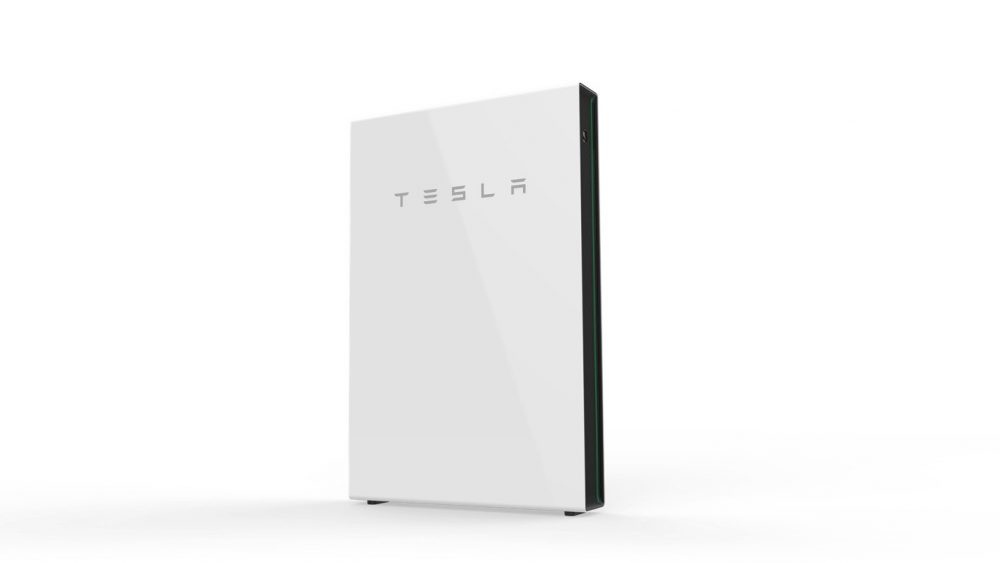
Table of Contents
Tesla Powerwall 2 price
This is the biggest issue facing Powerwall right now. One 14kWh battery, complete with an integrated inverter, costs $5,500. The associated hardware is $700 and the installation generally costs $800-$2,000, potentially bringing the total Tesla Powerwall price to over $8000.
A 3-bedroom house sucks up approximately 30kWh of power per day, so as things stand you’d need two of them at least to power a normal home and recharge at night.
Still, if you go the whole hog and opt for the solar roof or panel, you wouldn’t get another electricity bill. The Powerwall comes with a 10-year warranty, so apart from a small loss of efficiency over the life of the battery, this one installation should save you a decade of electricity bills.
Design
It’s kind of ridiculous to say that the Powerwall is a pretty looking thing. But it is. You can stack up to 10 of these on the floor or wall mount them. They weigh a solid 264lb each, though, so you might want to be careful which wall you put them on. The proportions of 44”x 29” x 5.5” are compact enough to line them up along the garage wall, or even stack them behind a partition wall.
Access isn’t an issue. The Powerwall is designed to be zero maintenance and you can control the power output and recharging from a smartphone app.
Tesla Powerwall 2 specifications
- Usable Capacity 13.5 kWh
- Depth of Discharge 100%
- Efficiency 90% round-trip
- Power 7kW peak / 5kW continuous
- Supported Applications Solar self-consumption; Time of use load shifting; Backup; Off grid
- Warranty 10 years
- Scalable Up to 10 Powerwalls
- Operating Temperature -4°F to 122°F / -20°C to 50°C
- Dimensions L x W x D: 44″ x 29″ x 5.5″(1150mm x 755mm x 155mm)
- Weight 276 lbs / 125 kg
- Installation Floor or wall mounted; Indoor or outdoor
- Certification North American and International Standards; Grid code compliant
Tesla Powerwall 2 performance
The Powerwall battery offers 7kW of peak performance and 5kW of constant output with a 90% round-trip efficiency rating. That’s enough to run a lot of the major functions in your house, like water heating or air-conditioning.
It’s a 14kWh battery pack, with 13.5kWh of actual usable storage. So most larger houses would need two or more.
Only you know how much power you use and how many batteries you’d have to stack to cover the output. But the average house could manage perfectly well with a solar roof feeding two of them.
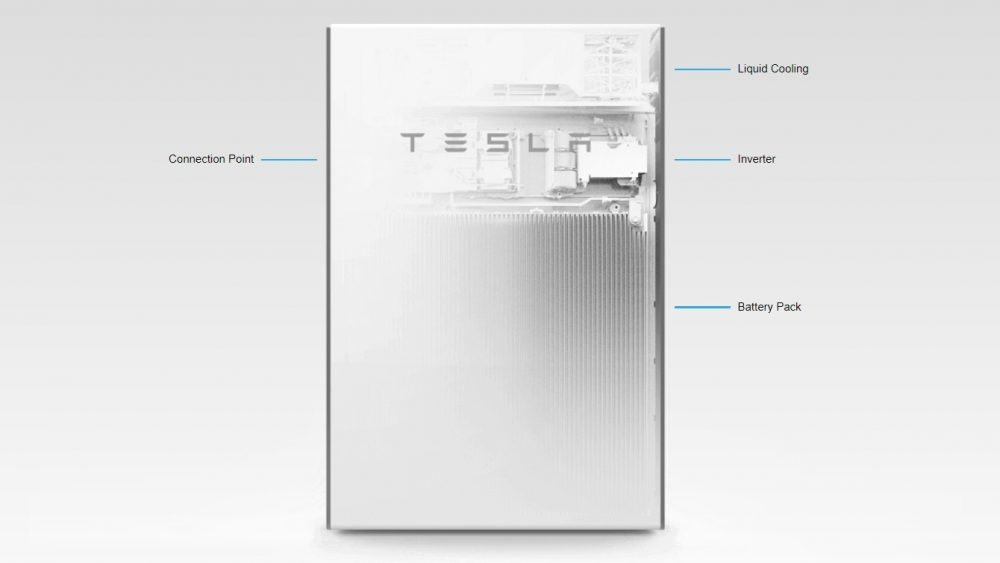
Does it make sense without the Tesla Solar Roof?
Probably not, if we’re honest, unless you get something similar to the Californian rebate. The Tesla Powerwall will save you money on your electricity bill by charging at the cheapest rate and then discharging at peak times to lower your surge charges. But it will take a seriously long time to recoup the initial investment this way.
To make the most of these batteries, you basically have to aim to switch off the power company. That means committing to a solar panel array or, if you’re an early adopter, a Tesla Solar Roof.
What about financing?
This is the second biggest problem facing the Tesla Powerwall and Tesla Roof right now. Tesla plans to offer a financing package and promised to bring it in the near future, but it’s not here yet.
That means people that want to save hundreds a month from the power company will have to start with tens of thousands of dollars of outlay. That just isn’t viable for the vast majority of the population.
Tesla needs a 25-year-plan for the roof and batteries, including upgrades, that gives the customer a flat fee that’s lower than their current energy bill.
Are there government incentives?
The 30% federal tax incentive is there for all batteries designed to store solar power for a start. Then the likes of California offer a home-battery rebate. That rebate can be as much as $500/kWh, which generally covers the vast majority of the bill. The bill to the owner can be even less than $500.
That makes it a bargain that California residents should jump on and it doesn’t matter if they have solar panels or they might upgrade in the future. A $500 Powerwall should pay for itself many times over during the course of its minimum 10-year lifespan and this is a virtually free introduction into home batteries.
Colorado operates a different system, but has committed to putting solar panels and potentially batteries in people’s homes for no up-front costs. This, in its own way, is a huge commitment powered by government-backed loans. It’s exactly what we need for widespread solar adoption.
So, check your local state incentive scheme and you might find that a Powerwall is suddenly within reach.
Could the Tesla Powerwall be outdated soon?
Yes, that’s a real possibility and a real danger. Car batteries have improved in just a few years and the Powerwall could easily double or treble its current capacity in the next few years.
Early adopters should get a break on the upgrade path and it would be perfectly reasonable for would-be customers to hang back and wait for the next generation of Powerwall. We’re waiting for a quantum leap in solar panel technology, too, which could come with commercially viable graphene.
The problem right now is that the Solar Roof and Powerwall are long-term commitments and the technology is moving so fast that it’s almost inconceivable that it won’t have burst through the glass ceiling in 25 years.
So, knowing when to pull the trigger is going to be tricky. In fact, there’s a case to be made for using third-party solar panels until Tesla brings us the next-gen Solar Roof.

What major tech could disrupt the Tesla Powerwall?
On the face of it, Elon Musk has bet the farm on lithium-ion ruling the roost for years to come. But there are so many factors at play that we just don’t know what the future holds and we hope for Musk’s sake that the Sparks Gigafactory is flexible if it needs to be.
Lithium prices could go through the roof as demand outstrips supply. At the same time, a range of less toxic and more efficient solutions are under investigation in the world’s finest universities.
So lithium-ion could yet be usurped by a more effective rival, but we’ve heard that for a while and, on balance, Musk was probably right to commit to a course of action.
Are there any alternatives?
Oh yes. Mercedes recently revealed its own home battery, together with wireless charging for a Mercedes S-Class Hybrid. GM also has designs on the home battery market and all the big names like Panasonic and Duracell will want a piece of the action too.
Bloomberg predicted that the energy storage market would balloon into a $250 billion a year industry by 2040.
That means there will be serious competition. Tesla has positioned itself as a high-end brand and should be able to differentiate itself, especially with the holistic approach of the car and the Solar Roof.
The cost of batteries should come tumbling down, though, and low-cost options that maybe don’t look as pretty will soon be part of the consumer landscape. Tesla can effectively become the Apple of the home storage market, but there will be alternatives before long.

What does this mean for the future of living?
We haven’t even begun to feel the impact of the Tesla Powerwall and other, cheaper, rivals as yet. But with a solid solar panel set-up, or indeed a Tesla Solar Roof, we can effectively live off grid.
Yes, we’ll need a water filtration system, too, but with cheap land in abundance off the beaten path, we could see an explosion in rural living. This could be the cheapest way to build a home in the near future and Tesla’s Powerwall could open up places that were simply uninhabitable before.
This opens up vast tracts of land for redevelopment. Eco friendly houses, container houses and more could make full use of a Tesla Powerwall and solar panels.
Could Powerwalls bring power to poor regions?
Commercial Powerpacks providing power to communities is probably a more sensible way to start. But in the end, infrastructure problems simply won’t exist. It won’t matter that a village is hundreds of miles off the grid. If it has solar power and a battery pack, it can become self-sufficient.
In the end, individual homes could all have a battery pack to replace the toxic generators that keep the lights on around the world.
The likes of Tesla will surely put their own program in place to provide power around the world. This could yet prove to be the most dramatic impact of the Tesla Powerwall.
Could Powerwall put the power companies out of business?
In the long-term, theoretically, yes. Right now, though, Tesla’s clean home power system is for the wealthy early adopters. But, with an effective financing plan in place, there’s no reason why every home with a roof couldn’t switch to Tesla’s entirely off-grid solution.
Apartment-dwellers won’t have the space for the solar panels, but community roof and cladding projects could easily overcome this and large blocks could opt for a larger commercial Powerpack solution. Most buildings could, in the end, produce and store their own power.
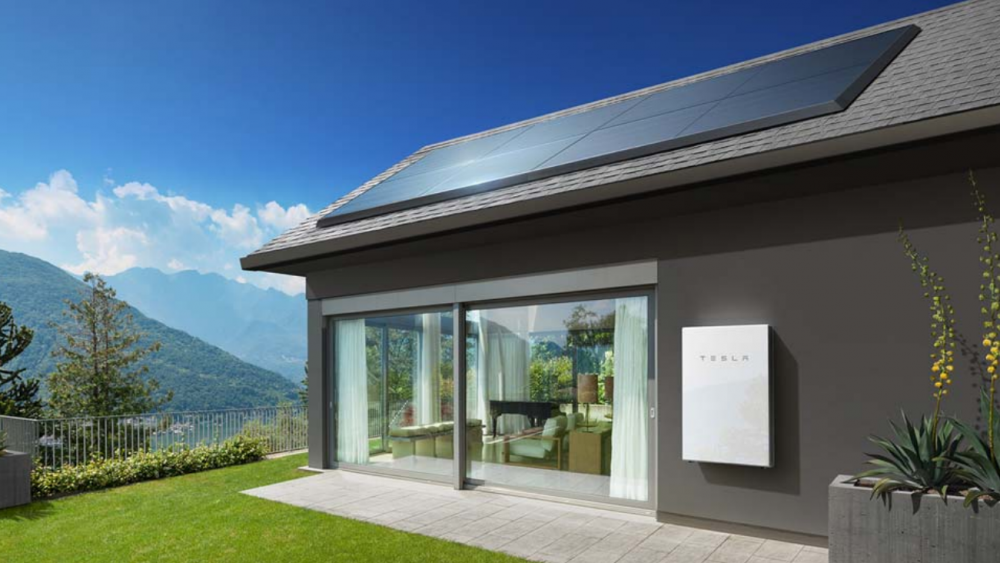
Is solar the only option with a Powerwall?
Not at all, in fact the beauty of the system is that it adapts to whatever energy source a community happens to have. It’s a battery, so it can combine with wind turbines, hydroelectric power and more.
Solar panels are due a major technical step and they could easily provide the most efficient way to charge the battery in the end. Right now, though, there are a good few ways to feed the Powerwall.
Do you need an electric car to make the most of this?
Honestly, yes, if you go all-in with solar panels and an electric car, your fuel bills could suddenly disappear, forever.
So, parking a Tesla Model 3, Model S, or Model X in the garage, under the Tesla Roof, completes the ecosystem that Tesla has finally got ready for us. You can charge the car at night and manage your energy consumption so that you’re always ahead of the power company.
A self-sufficient house and car, fuelled by energy harvested from solar panels, is the utopian dream. It’s surprisingly close to becoming an affordable reality.
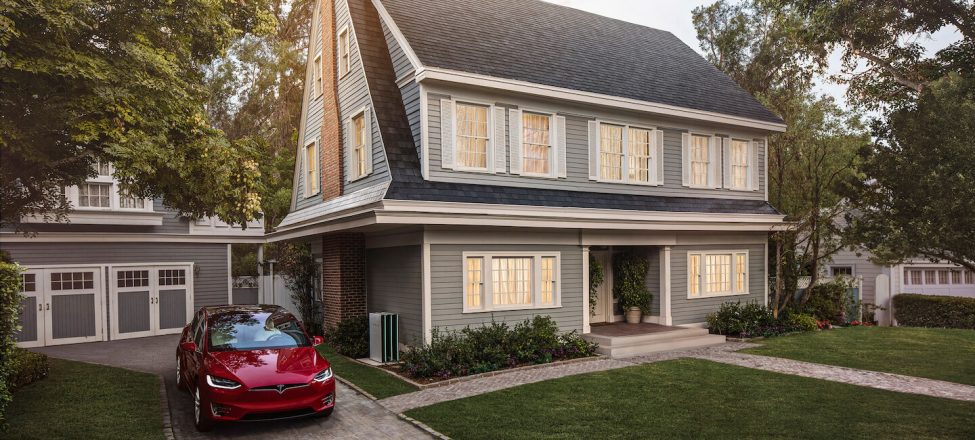
What else could this do for the home of the future?
Essentially, when solar power catches up to the raw potential of the battery packs, and Tesla drops the price, our homes could produce a surplus of energy. You could opt to sell this back to the grid, once your car is charged and your domestic power is all safely stored.
Or you could opt for new features in your house.
Houses in colder climes could potentially have a heated driveway and roof to stop snow sticking. People in hotter countries might opt for a constantly running fan in the wall to draw air from the building, or more efficient air-conditioning.
Whatever happens, we will go from a world of energy consumers to net energy producers. This has to be a good thing as our individual carbon footprint will plummet.
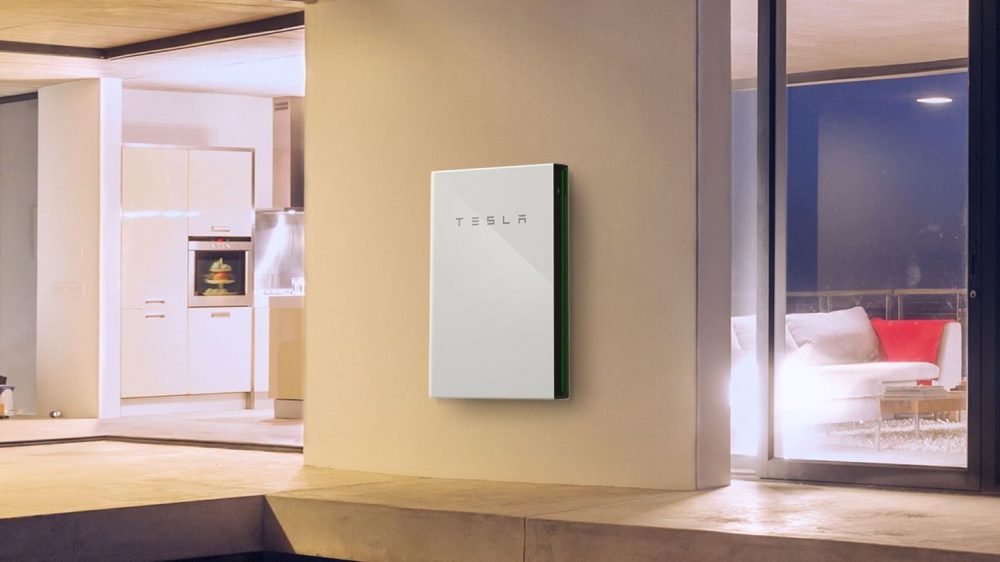
What are the downsides of the Tesla Powerwall?
There aren’t many obvious issues. Recycling at the end of the batteries’ lifespan is going to be a major issue if it isn’t treated like a military operation.
Lithium is highly toxic and if batteries find their way into landfill then they could come with a hidden environmental cost. We also don’t know how long the Powerwall will last right now. It’s guaranteed for 10 years and could go on for 20.
The 14kWh battery pack will likely be rendered redundant by progress long before it actually fails, but Tesla and others need to get a recycling plan that works in place right now.